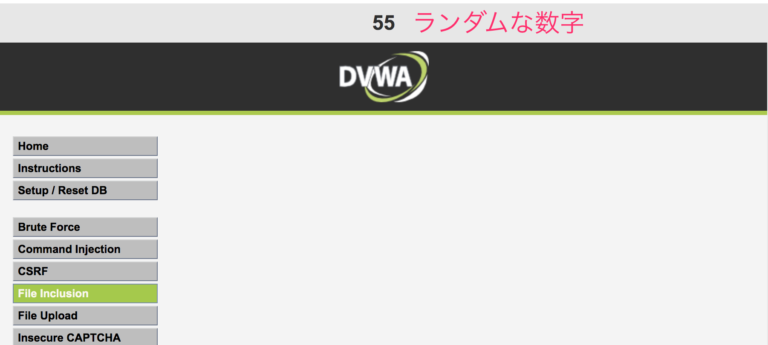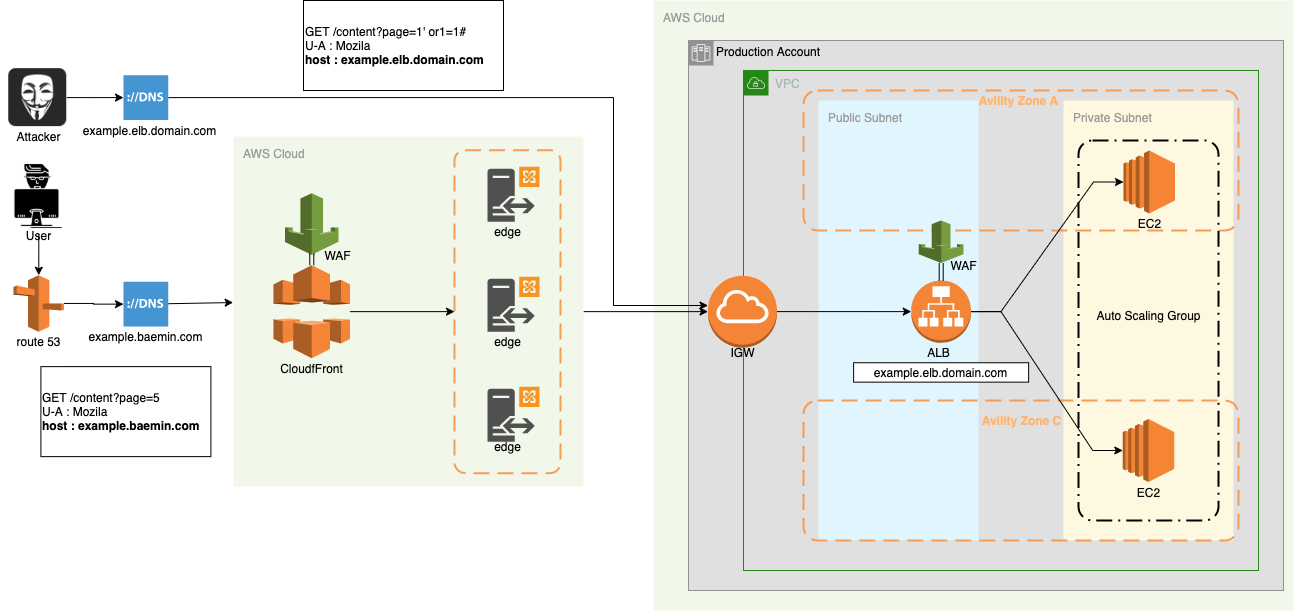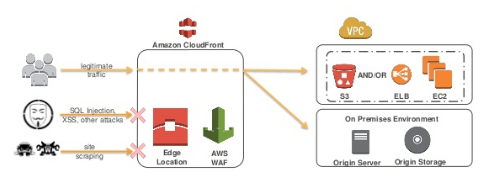

If its value will be greater than zero, then WAF blocked someone, and we will be notified about it:

Īlb./scheme: internet-facingĪlb./listen-ports: '[" This Ingress with AWS Load Balancer Controller will create an AWS Application LoadBalancer. Let’s use a simple Kubernetes Deployment that will create a Kubernetes Pod with Nginx, Service, and an Ingress resource.

The most inconvenient limit is that one Application Load Balancer can have only one ACL attached.Īlso, I asked the AWS team about performance – will attaching a WAF ACL to an ALB/CloudFront will affect its response time, but no ACL or number of rules in it will affect a target anyway. Also, check the AWS WAF Web ACL capacity units (WCU). We will speak about WAF’s limits in the AWS WAF limitations.

Rules groups: such rules also can be grouped to be used in ACLs, also, AWS provides a set of already predefined groups – AWS Managed Rules, plus groups from its MarketplaceĪWS WAF has a capacity for its ACLs: each List can hold up to 1500 WCU (WAF Capacity Unit).Those rules can be to block an IP set, headers checks, checks for a request body content, etc. Rules: the rules themselves, describing which requests and how to check.IP Sets: list of IP ranges, that can be attached to an ACL.Web ACL: Access Control Lists, which holds a list of rules to check incoming requests.In case of finding any request that sits WAF’s rules, it will be blocked, and its sender will get a 403 response. Can be attached to an AWS Application LoadBalancer, AWS CloudFront distribution, Amazon API Gateway, and AWS AppSync GraphQL API. AWS WAF (Web Application Firewall) is an AWS service for monitoring incoming traffic to secure a web application for suspicious activity like SQL injections.


 0 kommentar(er)
0 kommentar(er)
